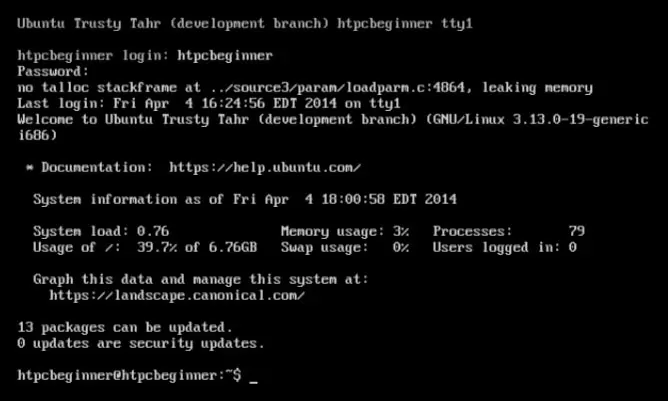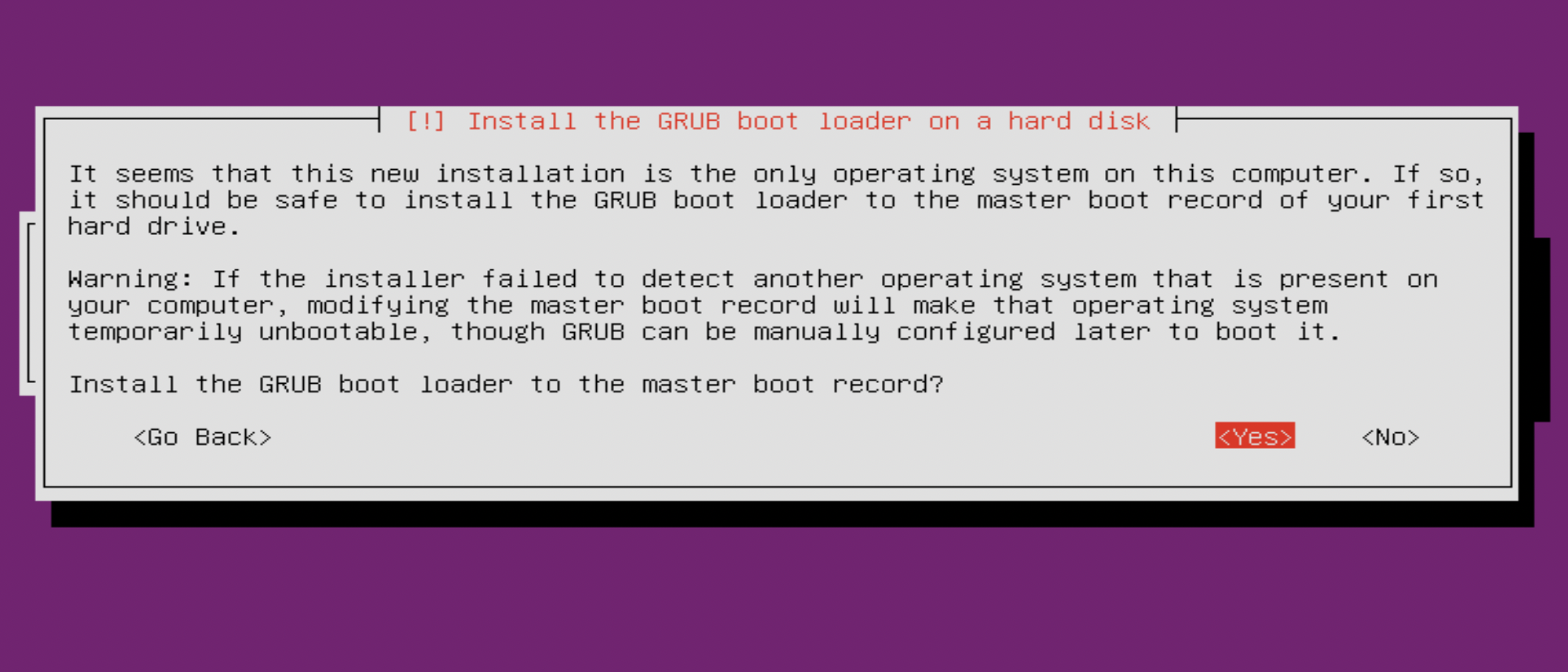

- Download ubuntu 14.04 headless server how to#
- Download ubuntu 14.04 headless server install#
- Download ubuntu 14.04 headless server 64 Bit#
- Download ubuntu 14.04 headless server pro#
- Download ubuntu 14.04 headless server software#
# virt-builder -list | egrep -i 'debian|ubuntu' One can build virtual machine quickly on a CentOS 8 using the virt-builder command. Step 6: Build guest images using virt-builder Once ssh tunnel established, point your VNC client at 127.0.0.1 (localhost) address and port 5906 to continue with RHEL 8.x installation. Type the following SSH port forwarding command from your client/desktop: You need to use an SSH client to setup tunnel and a VNC client to access the remote vnc VM display. $ sudo virsh dumpxml rhel8-server | grep vnc To get vnc port info, login from another terminal over the ssh and type: disk path=/var/lib/libvirt/images/rhel8.qcow2,size=40,bus=virtio,format=qcow2 cdrom=/var/lib/libvirt/boot/rhel-server.iso \ In this example, I am going to create RHEL 8.x VM with 2GB RAM, 2 CPU core, 1 NIC and 40GB disk space, enter: Make sure you have rhel.iso stored locally. You can reconnect via KVM client to configure the rest of the server, including SSH-based sessions, firewalls, networking, and much more.

The remote server closed the connection to our VNC client.

Once installed, go ahead and click the reboot button.
Download ubuntu 14.04 headless server install#
Now follow on-screen instructions and install CentOS 8. You should see the CentOS Linux 8 guest installation screen as follows: Now that you have ssh tunnel established, point your VNC client at 127.0.0.1 (localhost) address and port 5900 as follows:
Download ubuntu 14.04 headless server pro#
Type the following SSH port forwarding command from your Linux and Unix client/MacBook pro }$ ssh -L 5900:127.0.0.1: 5900 You need to use an SSH client to set up tunnel and a VNC client to access the remote VM’s VNC display. To configure VNC and complete CentOS 8 VM installation, ssh from another terminal and type: disk path=/var/lib/libvirt/images/centos8.qcow2,size=20,bus=virtio,format=qcow2 cdrom=/var/lib/libvirt/boot/CentOS-x86_64-boot.iso \ In this following example, I creating CentOS 8.x VM with 1GB RAM, 1 CPU core, 1 nics and 20GB hard disk space, enter: # sha256sum -ignore-missing -c CHECKSUM Create CentOS 8.x VM Verify the ISO image using the sha256sum command: First, grab CentOS 8.x latest ISO image using the wget command/lftp command I am going to create a brand new CentOS 8.x VM. Step 5: Create your first virtual machine/guest VM See “ CentOS 8 add network bridge (br0) with nmcli command” for more information. # systemctl restart rviceĮno1 ethernet connected bridge-slave-eno1 Restart the networking service (warning ssh command will disconnect, it is better to reboot the Linux box):

# vi /etc/sysconfig/network-scripts/ifcfg-br0 Here is my pre-configured br0 interface enslaved with eno1 Ethernet: If you want your VMs available to other servers on your LAN, set up a network bridge on the server that connected to your LAN. # use the ip command to verify info about the virbr0 # # egrep '^(dhcp-range|interface)' /var/lib/libvirt/dnsmasq/nf We can see config file including IP ranges either using the cat command or grep command/ egrep command: The libvirtd uses a lightweight DHCP and caching DNS server named dnsmasq. You can verify that with the following simple commands: # lsmod | grep -i kvm Step 3: Configure bridged networkingīy default, dnsmsq based network bridge configured by libvirtd called virbr0. Make sure KVM Linux kernel module (driver) loaded using lsmod command and grep command: # dnf install virt-install virt-viewer libguestfs-toolsĮnable and start the libvirtd service using the systemctl command: Then install tools to provision new virtual machines (VMs): Run the following dnf command/ yum command: Please use the su command or sudo command to become root user: Steps to install KVM on CentOS 8 headless remote server
Download ubuntu 14.04 headless server 64 Bit#
The KVM only supports Intel/AMD 64 bit and IBM z13, Power 8/9 CPU, and later architecture of your host VMs. $ sort -u <<<$(egrep -o -i -color "vmx|svm" /proc/cpuinfo) # Test for both Intel/AMD CPU that support KVM using combination of egrep command and sort command # You can also run the following command to test if CPU Support Intel VT and AMD-V Virtualization tech: Make sure that Virtualization Technology (VT) is enabled in your server’s BIOS.
Download ubuntu 14.04 headless server how to#
It also described how to install and administer Virtual Machines (VMs) on a physical server using the command-line. This page shows how to set up and manage a virtualized environment with KVM in CentOS 8.
Download ubuntu 14.04 headless server software#
The Linux Kernel-based Virtual Machine (KVM) is free and opensource virtualization software for CentOS 8. How can I install KVM (Kernel-based Virtual Machine) on a CentOS 8 (CentOS Enterprise Linux) headeless server? How do I set up KVM on a CentOS 8 and use cloud images/cloud-init for installing guest VM?


 0 kommentar(er)
0 kommentar(er)
